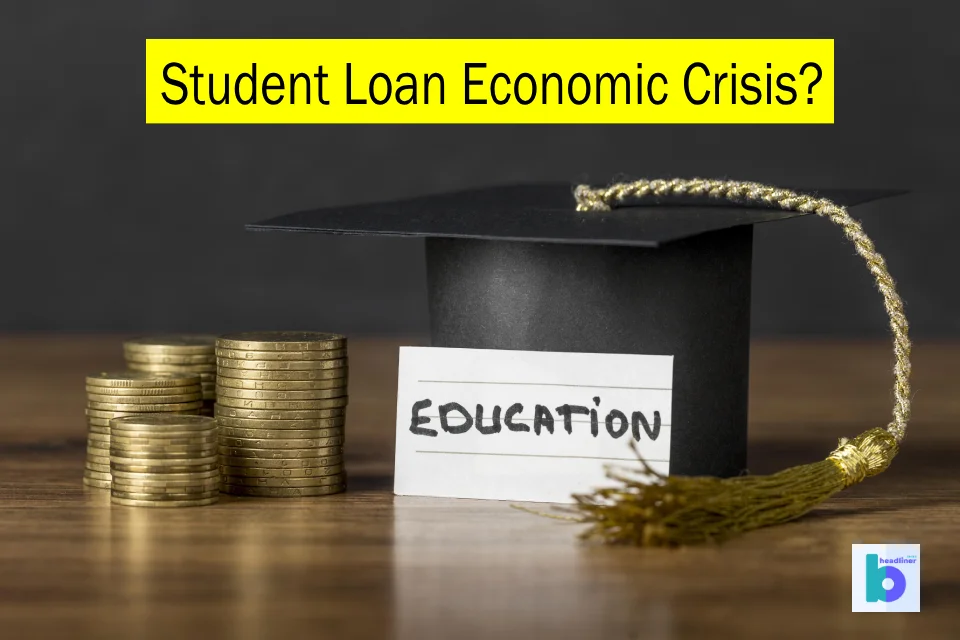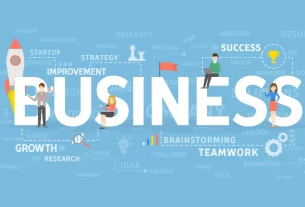After a more than three-year hiatus, student loan repayments have resumed in the United States, raising concerns about their potential impact on the economy. However, Wells Fargo economists have suggested that the concentration of this debt in a relatively small number of households is unlikely to lead the nation into a recession.
While the return of student loan payments won’t singlehandedly trigger an economic downturn, it does introduce an additional financial burden for borrowers. This extra expense may curtail discretionary spending for consumers, potentially contributing to an economic slowdown.

Despite the Federal Reserve’s efforts to combat soaring inflation by raising interest rates to a two-decade high, consumer spending has remained robust. Americans have been willing to spend liberally as the country reopened following pandemic-induced lockdowns, driving up prices.
Recent data, however, indicates a shift in consumer behavior, with personal spending beginning to decline. In August, the core personal consumption expenditures, a crucial metric for the Fed, fell below 4 percent for the first time in two years, standing at 3.9 percent for the year.
Student loan borrowers have been increasingly vocal about their demands for President Biden to implement “Plan B” and cancel student debt immediately, as evidenced by a rally held outside the Supreme Court of the United States in June 2023.
Wells Fargo economists recognize that while student loan repayments will tighten the budgets of individual households, they are not the sole catalyst for a significant reduction in overall consumer spending that could plunge the economy into a recession.
However, the households responsible for making these repayments will undoubtedly feel the financial strain. Shannon Seery, an economist at Wells Fargo, explained, “When you put it on top of some other factors, such as dwindling liquidity and higher borrowing costs, I do think it’s another factor that’s going to cause consumer spending to slow. But again, by itself, it’s not the factor that breaks the camel’s back in terms of the consumer.”
Student loan repayments had been paused for the past three years to provide relief during the COVID-induced economic crisis. The Biden administration’s attempt to cancel up to $20,000 of student debt was rejected by the Supreme Court.
To address this issue, the White House introduced the SAVE plan in August, aiming to reduce the burden on borrowers and expedite debt forgiveness. The Education Department has convened a Student Loan Relief Committee to discuss new proposals for helping those most in need of debt assistance.
In September, the interest on student loans resumed, leading to the repayment of billions of dollars to the U.S. Treasury. On average, households are facing monthly payments of approximately $200-300, which amounts to around 5 percent of the U.S. median salary.
As these repayments continue, the coming months will provide further insights into their impact on consumer spending. Any decline in spending could play a role in the Federal Reserve’s efforts to cool the economy and bring inflation down to its target of 2 percent.
Seery noted, “If consumers pull back on purchases, particularly discretionary purchases, that could help the Fed in terms of the cooling of the economy to get inflation back towards target. This could be a factor that does cause households to pull back on discretionary purchases.”
While only about 7 percent of borrowers owe at least $100,000 in student debt, representing roughly 3 million people and less than 1 percent of the population, the repayments will reduce about 0.4-0.6 percent of total U.S. annual consumption, according to Wells Fargo.
Nevertheless, data reveals that 60 percent of borrowers are 40 years old or younger, a demographic group that typically earns less than their older counterparts. This could exacerbate the financial strain they experience from the payments. While the broader economy may manage the impact, individual households could face challenges.
Seery explained, “If the households rely more on credit, or if they start to pull back on spending, not only because of student loan debt, but because credit is more expensive or because they don’t have as much liquidity out there. So I think it is happening at a pretty inopportune time, in terms of the resumption and where household balance sheets are headed.”
Ultimately, the outcomes for people with student loan debt may involve either reduced spending, which would negatively affect spending data, or continued spending with decreased savings or increased reliance on credit, potentially increasing financial vulnerability. Neither outcome appears ideal.
In the broader context of the economy, the question arises: will households without student debt be able to offset the slowdown caused by those repaying their loans, or will there be compounding effects on spending?
Seery concluded, “Where you see slowdown throughout the broader consumer, because conditions are just kind of growing more and more worrisome for overall households, and you start to see some weakness and spending.”


